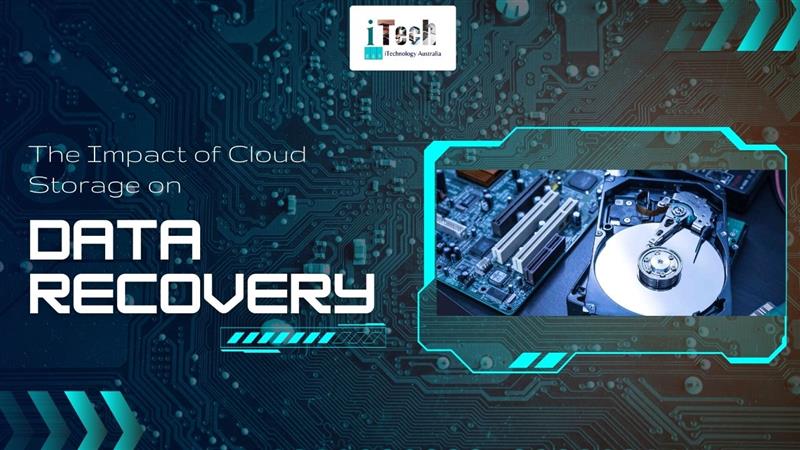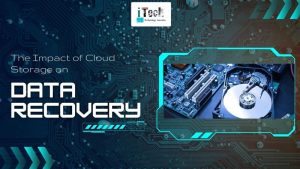In the current digital era, data loss can occur at any moment. Even if it is due to human error, hardware failure, or a malicious cyber attack. Two terms usually come up when the disaster hits –
- Data Restoration
- Data Recovery
Even if they sound a bit similar, they refer to extremely different processes and learning this distinction can make the difference in how effectively and promptly you bounce back.
Explaining Data Restoration
Data Restoration refers to the process of retrieving data from an earlier created backup and thereby returning it to its original state. It is a proactive plan that is a part of most business continuity and even disaster recovery strategies.
Principal aspects –
- It requires a backup – The process of restoration depends on having an intact, recent backup stored on cloud platforms, external drives or backup tapes.
- Data Restoration is generally faster – Restoration can be efficient as well as straightforward if the backups are well-maintained.
- Common use situations – Accidental deletion, hardware upgrades, software rollbacks and system crashes.
For instance, an enterprise experiences a server failure. From last night’s backup, IT restores the CRM database, thereby minimizing the data loss as well as the downtime, hence it reduces the financial loss.
Understanding Data Recovery
The process of data recovery is very complex as well as reactive. This process involves the retrieval of corrupted, deleted, lost or even inaccessible data directly from the compromised or damaged storage media. It is retrieved usually when no backup exists. The advanced solutions are delivered by Ontrack Data Recovery by using proprietary technologies for the retrieval of compromised or lost data. It enables complete restoration with reliability and accuracy.
Principal aspects
- No backup is needed for recovering data. Recovery works with the corrupted device directly. It also works with the deleted or encrypted backups.
- The process of Data Recovery is technically invasive – It may involve specialized software, expert intervention or forensic instruments.
- Common use situations – file system corruption, deleted partitions, physical damage to drives, or ransomware attacks.
For instance, all files on a server were encrypted by a ransomware attack, and the backup was also ruined. Extraction and reconstruction of the encrypted files is then done by a data recovery expert.
Why the distinction matters
Learning about the distinction between restoration and Recovery helps the organisations –
- To plan smart – To enable quick restoration, you must invest in strong backup strategies.
- To respond fast, you must know when to call the data recovery specialists for difficult and complex loss situations.
- To reduce the costs, recovery or paying a ransom is generally more expensive than restoration.
- To mitigate the risk, the best protection is offered by a layered approach – combining backups with recovery capabilities.
Conclusion
Backups are not foolproof, even though they are your final line of protection after a data loss. Corrupted backups and hardware failures can leave you helpless. Therefore, it is essential to have access to trusted and reliable data recovery experts like us – iTech Australia. Recovery is important. Our team provides exceptional services at a reasonable cost. We offer the best solutions to make you stress-free.



